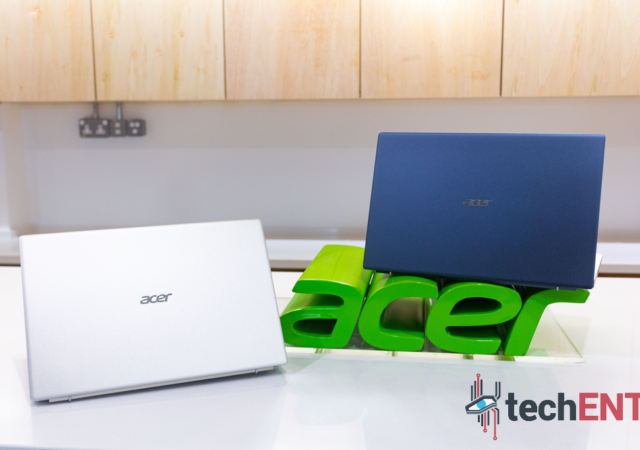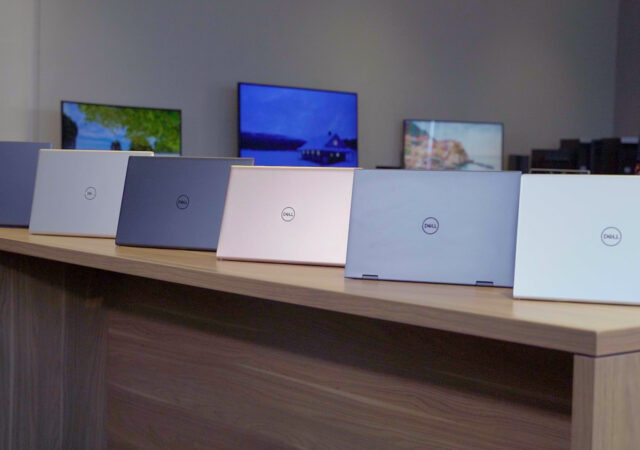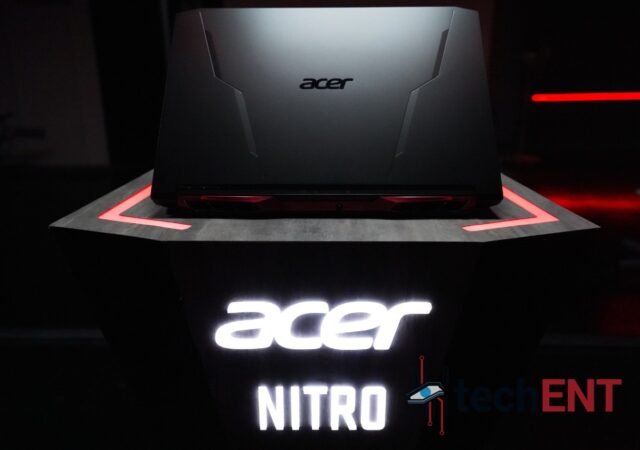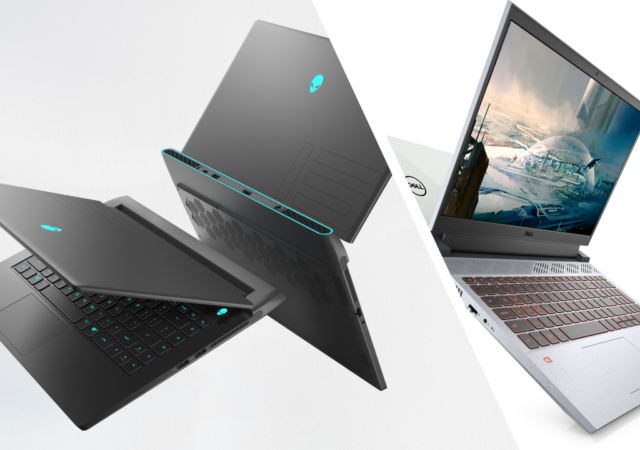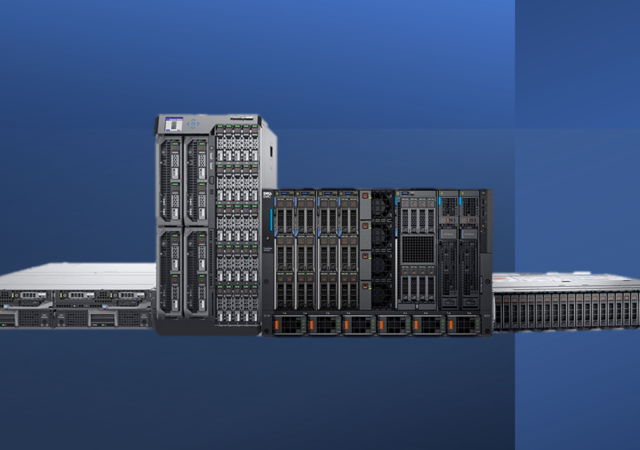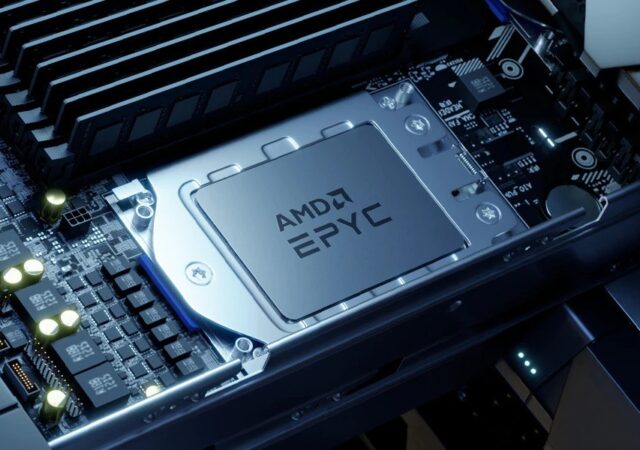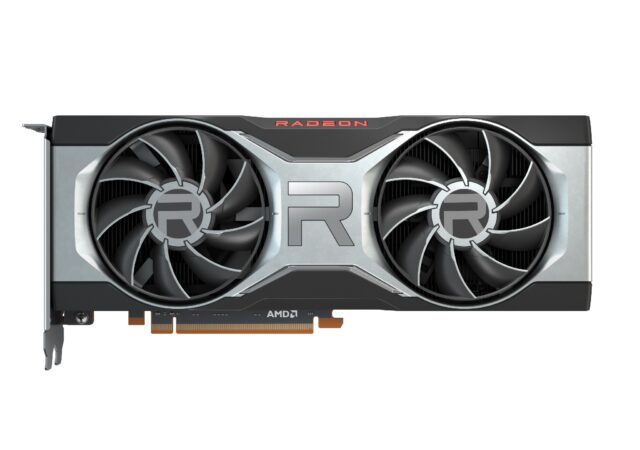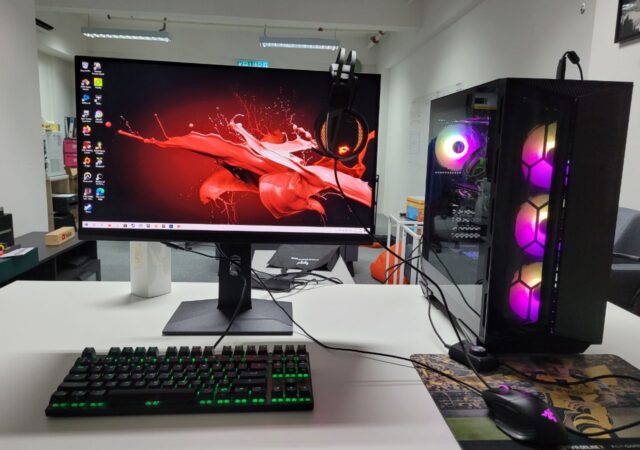Acer announces a new laptop that isn’t just thin and light but also packs the power! Meet the new Swift X!
ROG Strix Gets A Skateboarding Makeover in Nyjah Huston Edition
ASUS Republic of Gamers (ROG) collaborates with world champion skateboarder, Nyjah Huston, to bring a unique, one-of-a-kind edition of the Strix SCAR 17.
Breathe Easy with the New Dell Inspiron Line Up & Its Smaller Carbon Footprint
Dell refreshes their Inspiron line up with a brand new design and even more versatility with new offerings that bring more to the table.
Acer Launches the Nitro 5 with AMD Ryzen 9 and NVIDIA GeForce RTX 3080
The Acer Nitro 5 for 2021 can be a beast with AMD’s Ryzen 9 and RTX 3080 inside. Available for pre-order from MYR 3,699 onward.
Dell & Alienware Ryzen to the Occasion with All-new AMD Powered Line up
Dell and Alienware release their first gaming laptops powered by AMD’s Ryzen processors paired with NVIDIA’s RTX30 series.
Dell Technologies Brings EPYC Power & Flexibility with New Dell EMC PowerEdge Servers
Dell EMC unveils their new AMD EPYC powered PowerEdge line up. The new offerings are able to adapt and cater to multiple compute needs.
Even More EPYC with AMD – Stacking Zen 3
AMD just launched their new EPYC processors made for servers and data centers. The new processors feature Zen 3 and 7nm technology.
Dell Announces Refresh of the XPS Desktop with RTX 30 Series & 11th Gen Intel Processors
Dell announces a refresh of the XPS Desktop with the latest, 11th generation Intel Core i processors and NVIDIA’s RTX 30 series graphics.
AMD Launches the AMD Radeon RX 6700 XT GPU
AMD just launched their latest GPU made for high frame-rate 1440p gaming. The new Radeon RX 6700 XT will be available 18th March 2021 onward.
techENT Builds: Affordable AMD with a few Curveballs
We put AMD’s Ryzen 5 3600X and Radeon RX 5600XT to the test in a custom MSI build! Is it still worth building a new Ryzen 3000 or RX5000 series setup?



